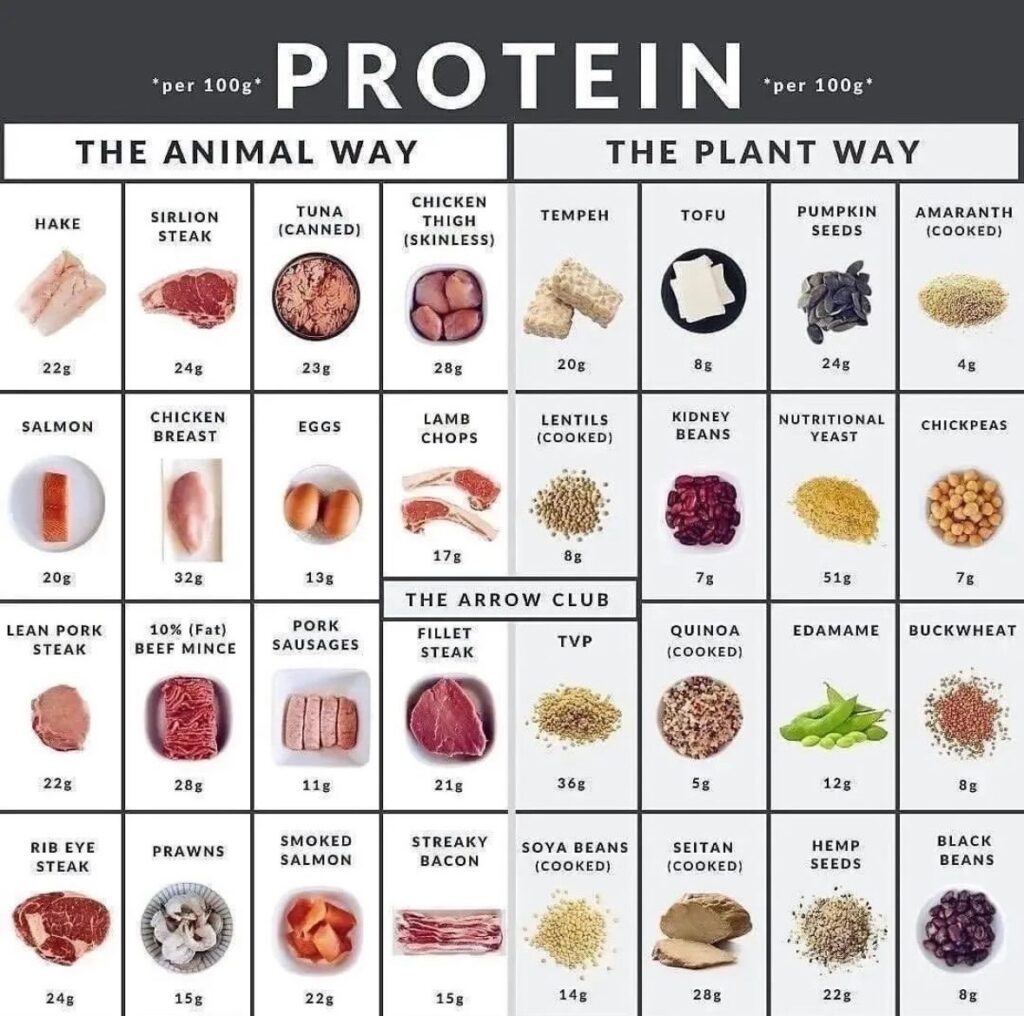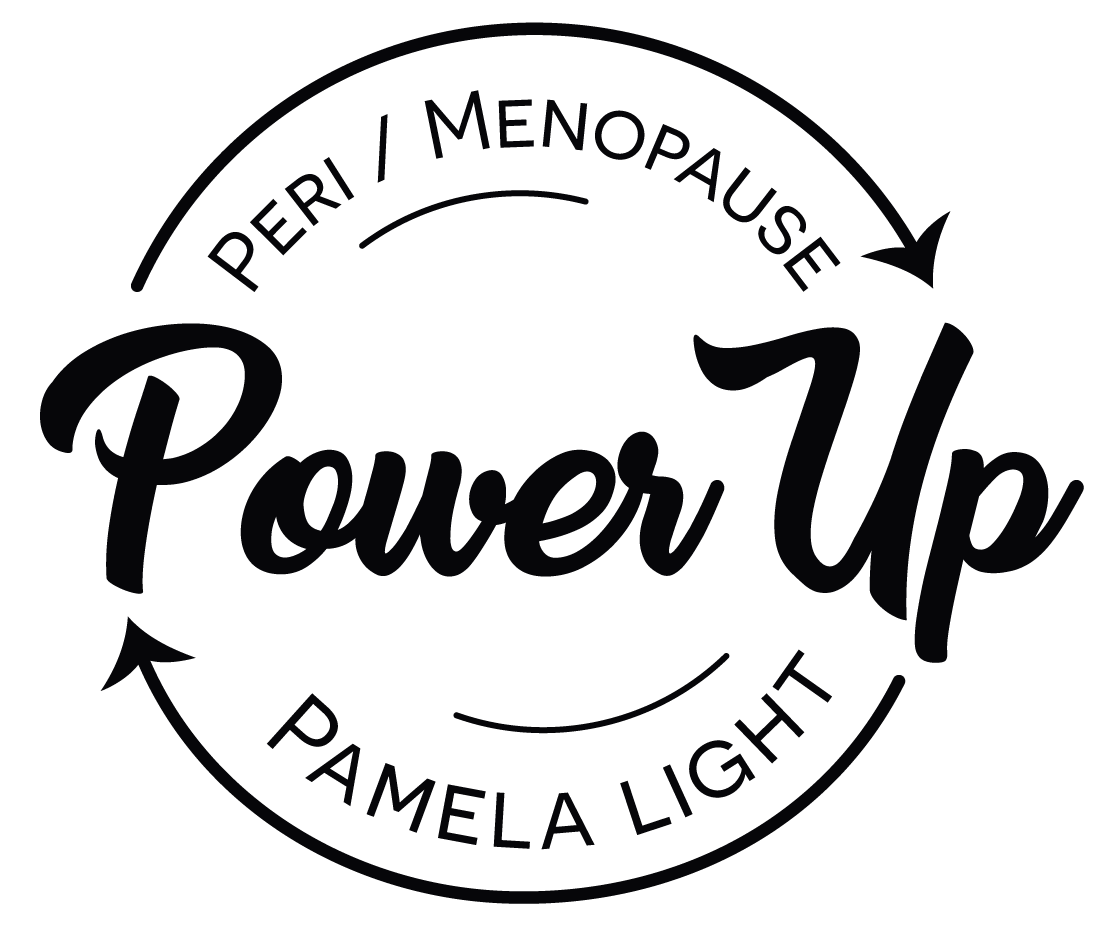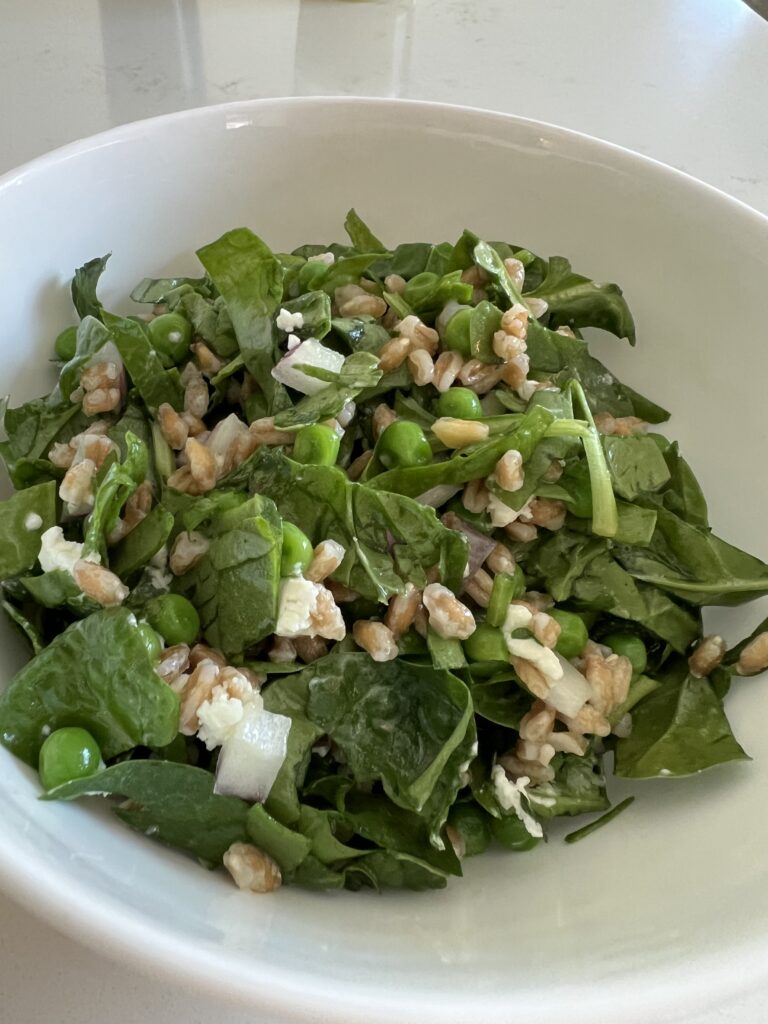You can’t have walked past a fitness magazine in the last five years without getting the impression that eating more protein is vital. Let’s understand why protein is especially important as we age and how to make sure we are getting what we need to Powerup Peri/menopause.
Why do we need protein at all?
Protein supplies the building blocks needed for our cells to repair themselves and create new cells. If we don’t have protein through food, it is like telling our kids to play with Legos and giving them no blocks. Our bodies can’t just decide to not repair though, so to find the missing building blocks, our bodies will break down healthy muscles. This is true with everyday wear and tear, but even more when you exercise, and the more vigorous the exercise, the more repair is needed.
Why is eating protein a big deal during Peri/menopause?
Two reasons:
- In perimenopause and menopause, our hormones set up our bodies to break down bone and muscle at baseline. So we need to do everything we can to prevent the break down of healthy tissues.
- At this age we are less able to breakdown and use the protein we do eat. So, we need to eat more protein than before to meet the same needs of our minds, bones, and muscles.
Is this protein?
There is some confusion about what is or is not protein. Let’s clear that up. Every food can fit into one of these categories:
- Protein
- Fat
- Carbohydrate
- Fiber
Where is gets complicated is the fact that most foods contain a blend of these nutrients. For example, nuts and beans.
To make things simple in nutrition, it helps to lump foods into categories based on the macronutrient they contain the most of. For instance, although they contain some protein, nuts are primarily fats and beans are primarily carbohydrate.
There are two types of protein:
- Complete – These come from animal products and contain all of the proteins the body cannot self-produce
- Incomplete – These are from non-animal sources and only contain some of the proteins the body cannot self-produce. It is important to combine incomplete protein sources to get all to the amino acids needed.
Here is a photo to check out how much protein is in the food you are eating:

How much protein should I eat?
Protein needs will be different depending on our size and activity levels, but it is important to know what a serving of protein looks like. The easiest way is to see one serving of protein as the size of the palm of your hand. This is about that size of your palm’s diameter and the same thickness.
Shooting for 1-2 servings of protein at each meal is ideal. If you prefer eating light meals and having heathy snacks in between, adding one serving of protein as a snack works too. Having protein throughout the day, rather than just loaded in one meal will be the most beneficial.
What if I don’t eat animals?
You can use the same palm-sized portions if non-animal proteins like beans, quinoa, or edamame are acting as the protein in a meal. These will end up with a higher carbohydrate count overall. For very athletic women, a supplement of creatine may help vegan women keep muscles fueled and improve energy, recovery, and cognition.
Are there other protein benefits?
Suppling your body with lean proteins at regular intervals throughout the day will not only help with building and maintaining muscle and bone, it will also:
- Improve mood
- Help with brain fog and cognition
- Help control apetite
- Take the pace of high carb, “snacky” foods
Focusing on our protein and vegetable intake is one of the best ways to powerup our health at this time.
Check out these links for some protein-friendly meal ideas:
Everyone’s Favorite Salmon Bowl
If you are over being frustrated by your body, are tired of being tired, and feel like everything you do makes things worse rather than better, it is time to learn how to take care of your body NOW!
Let me help.
If you are deep in the Perimenopause transition, you need to REWRITE YOUR SELF-CARE MANUAL with How to Powerup Peri/menopause: the Complete Guide
Or
If you are Perimenopausal or menopausal and feel like you are constantly struggling with inflammation, bloating, exhaustion, constipation, and sudden weight gain. It is likely you suspect it is due to what you are eating, but don’t know what or how to change. You need the Powerup and Reset Program.
In perimenopause and menopause our hormones are totally different, so our approach needs to be different too.
Best news is, the approach we need does NOT include:
- Punishing amounts of exercise
- Starvation
- Unrealistic goals that take you way out of your comfort zone.
- Fasting
- Keto
It DOES include:
- Feeding ourselves the BEST foods on a regular basis to assure out body it is fed and cared for.
- Editing our exercise to make it efficient and effective so we don’t waste time spinning our wheels.
- Learning to apply easy and strategic self-care to help our hormones settle down.
Have you tried and failed to change your health in the past? Consider this:
- Now is the time to take your health seriously. What we do RIGHT NOW decides if we will spend our golden years sick and broken or thriving and enjoying life.
2. Just about EVERYTHING you read or see in Health Media is NOT designed for women in Perimenopause or menopause. Our hormones are DIFFERENT than men and younger women. Things that work for other people are likely to make things WORSE for you right now.
3. We cannot afford to waste time with-fast fix weight loss schemes that will likely cost us precious bone and muscle, cause us to gain belly fat, and can even cause us to become more at risk for heart attack and stroke.
Everything in How to Powerup Peri/menopause: the Complete Guide and the Powerup and Reset Program are designed for women in Perimenopause and Menopause to:
- Help you feel better RIGHT NOW
- Find your best health and make it last a lifetime
- Lose stubborn fat, especially in the belly
- Increase or preserve bone and muscle, the key to aging well
- Keep our cortisol levels down
- Decrease inflammation
If you have previously struggled to make real health changes stick, these are the programs for you.
Instead of presenting a bunch of information and leaving you overwhelmed, with no idea how to apply it to your life, BOTH COURSES are filled with BEHAVIOR CHANGE strategy, tips and tricks, and realistic advice that walk you through how to apply everything successfully into your life and maintain it for the long term.
These programs have been changing the lives of so many women. Why not let it be you?
Click here to take a look at these two programs
Select the course you want to know more about and click on FREE PREVIEW to read and watch lessons from the courses and see which one is right for you!




